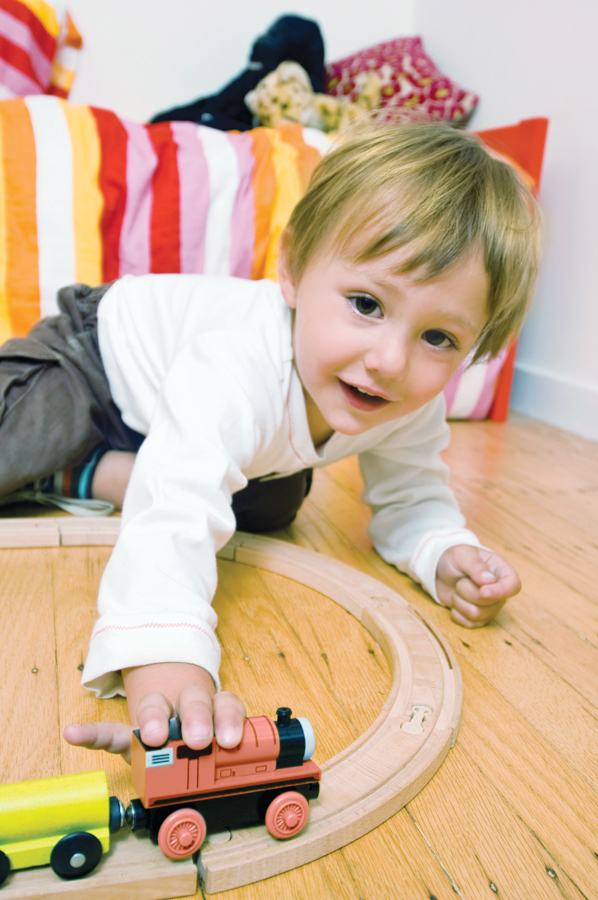Early Childhood: Cognitive Development

WHAT WILL YOU KNOW?
- Are young children selfish or just self-
centered? Piaget labeled children in the preoperational stage of development “egocentric,” which literally means “self-
centered.” He meant that they understand the world through their own personal perspective. This does not mean that they’re selfish; they just don’t understand that other people have different perspectives, needs, and wants. - How should adults answer when children ask, “Why?”
From a child’s egocentric perspective, “Why?” actually means, “How does this relate to me?” Adults should remember that most of the time children aren't seeking detailed, scientific answers but rather are just looking for more information on the topic.
- Does it confuse young children if they hear two or more languages?
The earlier a child learns a second language, the more easily and quickly the learning occurs. Neuroscience demonstrates that young bilingual children manage to keep the languages separate, even though they use the same area of their brain to learn both languages. Proficiency is directly related to how much language the child hears. Bilingual children who don’t know a word in the language they are speaking often insert a word from the other language. Soon, they realize which listeners understand which language, and avoid substitutions when speaking to a monolingual person. There is absolutely no evidence that children get confused if they learn two languages.
- What do children learn in preschool?
What children learn in preschool varies by the type of program. Child-
centered preschool programs tend to encourage artistic expression and self- paced exploration of topics of interest to the young children themselves. Teacher- directed programs tend to focus on learning the alphabet, numbers, colors, and shapes, as well as basic skills.
Asa, not yet 3 feet tall, held a large rubber ball. He wanted me to play basketball with him.
“We can’t play basketball; we don’t have a hoop,” I said.
“We can imagine a hoop,” he answered, throwing up the ball.
“I got it in,” he said happily. “You try.”
I did.
“You got it in, too,” he announced, and did a little dance.
Soon I was tired, and sat down.
“I want to sit and think my thoughts,” I told him.
“Get up,” he urged. “You can play basketball and think your thoughts.”
Asa is typical. Imagination comes easily to him, and he aspires to the skills of older, taller people in his culture. He thinks by doing, and his vocabulary is impressive, but he does not yet understand that my feelings differ from his, that I would rather sit than throw imaginary baskets. He does know, however, that I am likely to respond to his requests.
This chapter describes those characteristics of the young child—